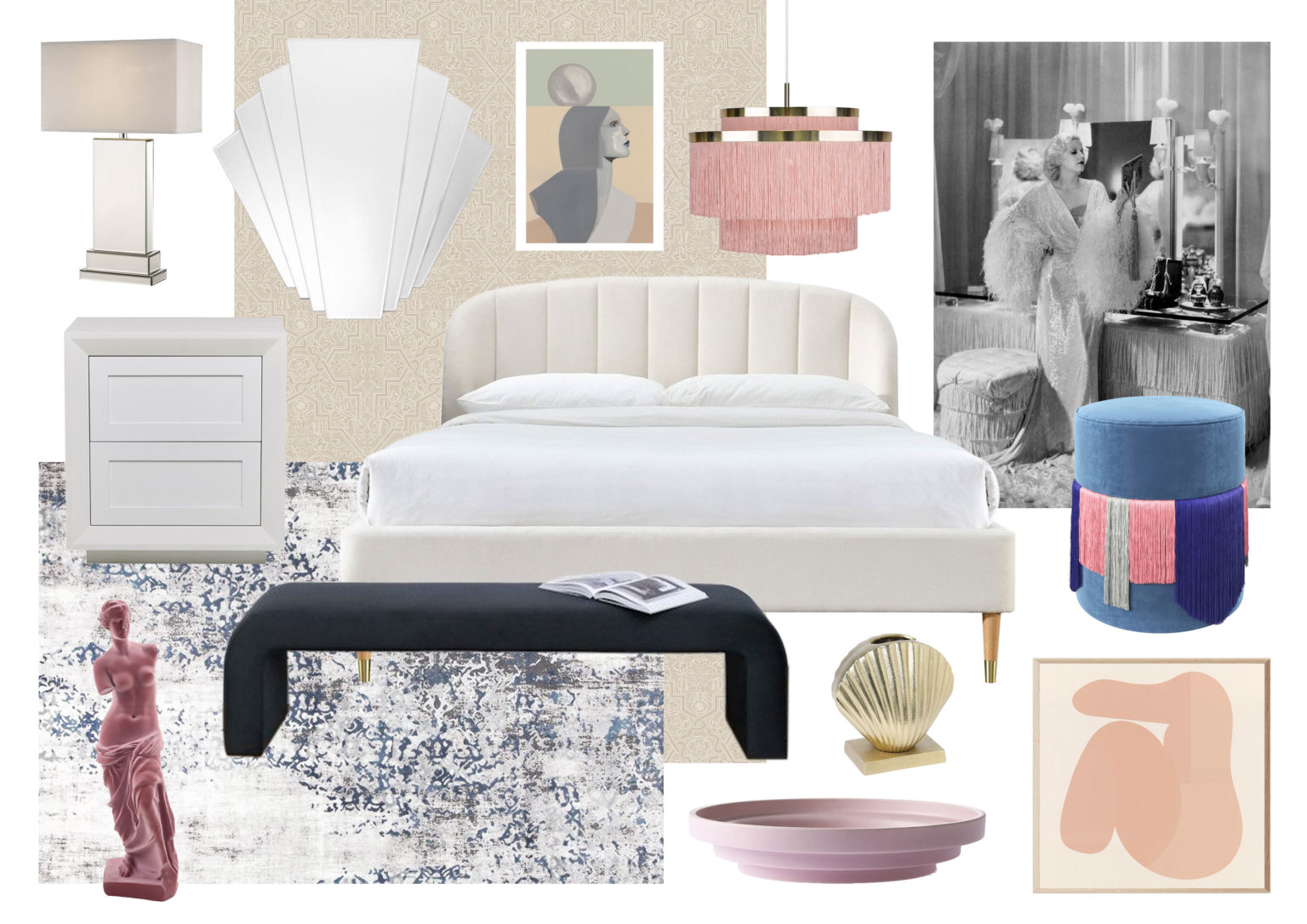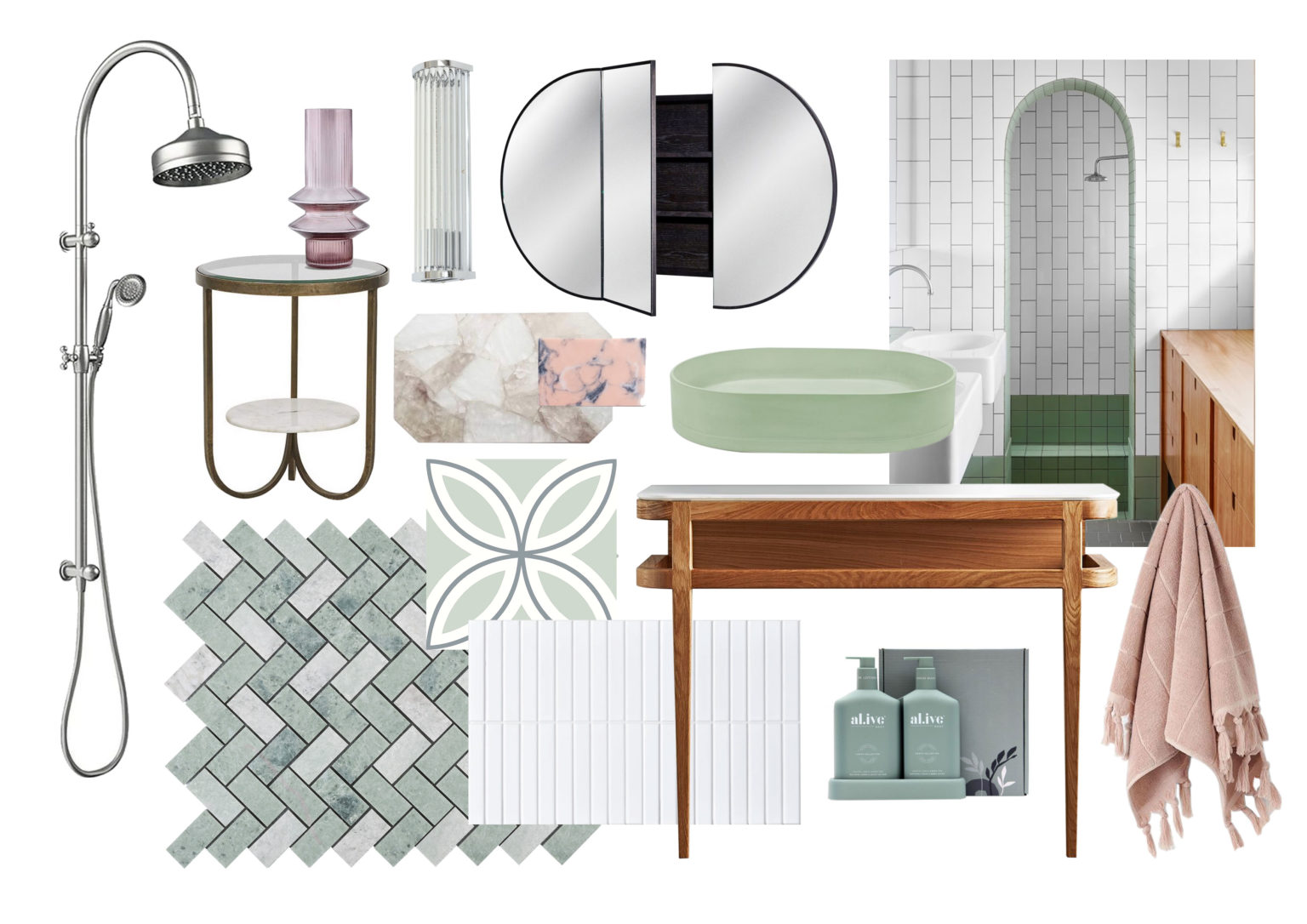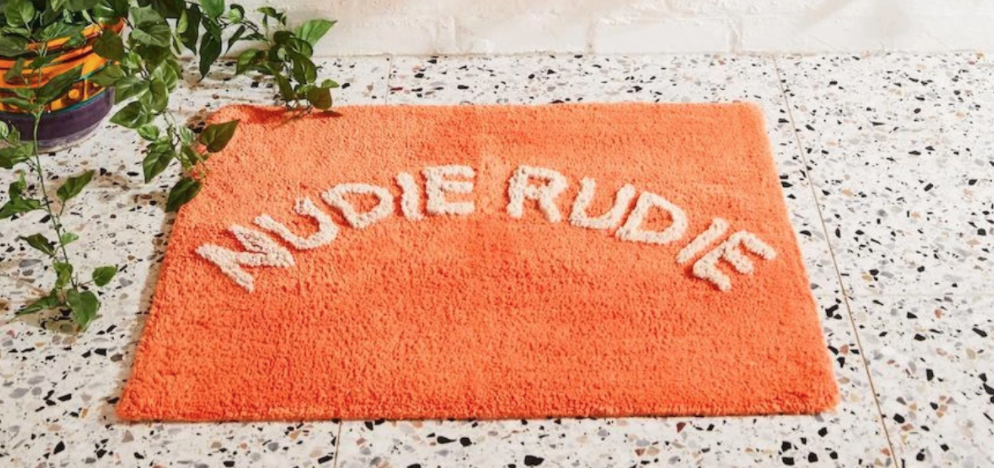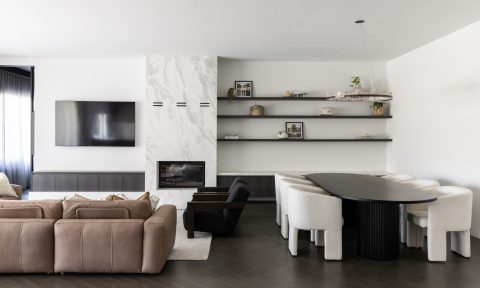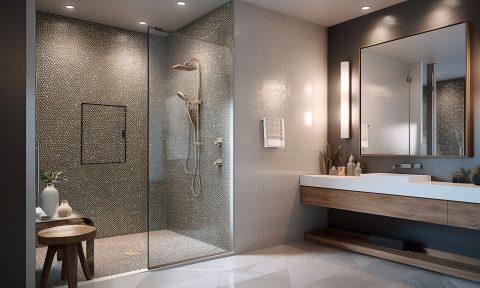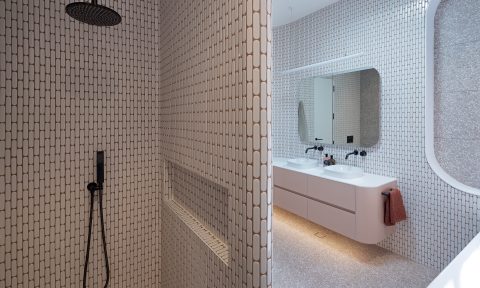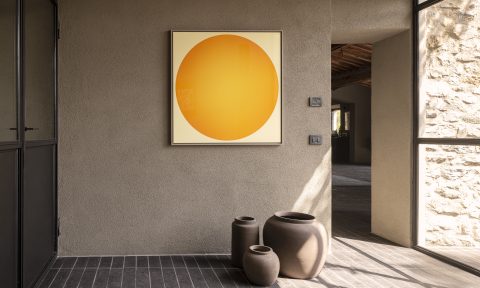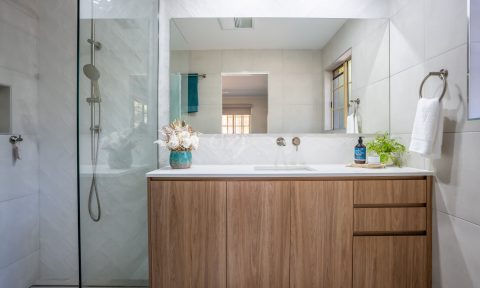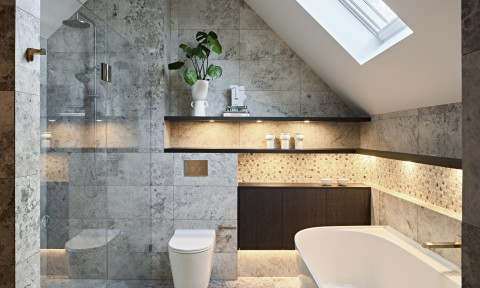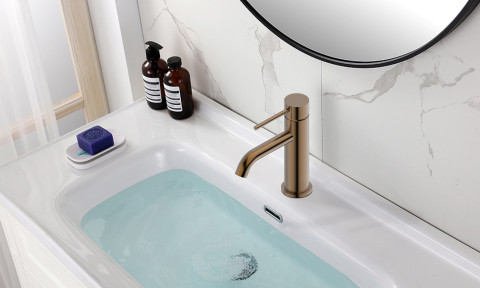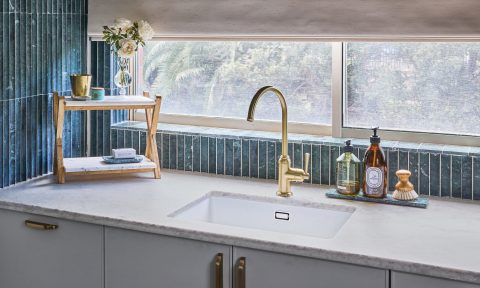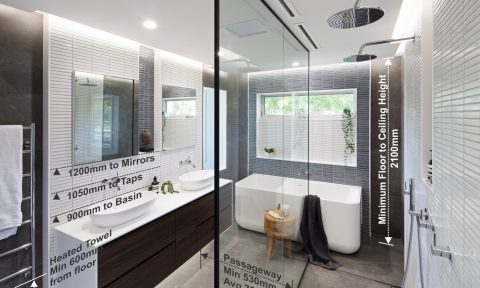Interior designer and stylist Jono Fleming shares his views on the latest Block room reveals, how bath tubs have changed over the decades and if they’re worth investing in. Over to you, Jono…
After last week’s master bedrooms, we moved onto the all-important Block master ensuites on Sunday night. This bathroom is always a big deal and has given us some of the series’ most memorable moments. From classically beautiful bathrooms from Darren and Deanne on the Glasshouse series to Josh and Elyse’s giant (winning) zen soup bowl tub. And who could forget Hayden and Sara’s $75k bathroom that had that feature black and brass $8,000 bathtub?!
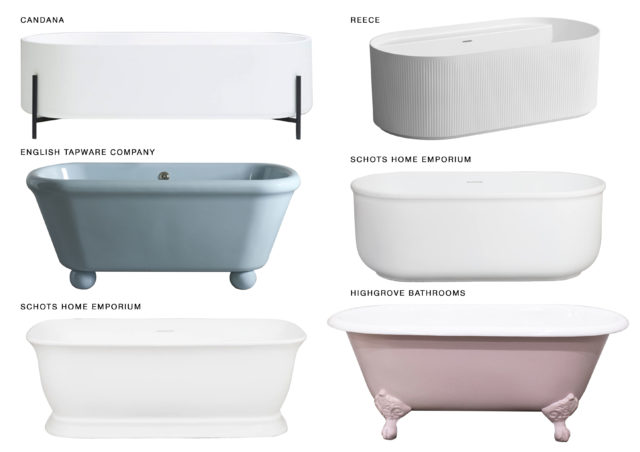
So my point of discussion this week isn’t tiles or tapware (although for the record, black, chrome, brass, gold, it doesn’t matter, go with what you like and suits the house best); I’m focusing on the bath tub, the infinite styles available and how much money should you really be dropping on one?
I preface this with a well known fact: I’m not a bath person. My attention span is too short and I get really bored easily, but that being said, when I designed the main bathroom at my farm, I knew there had to be a beautiful clawfoot tub for guests who liked a soak, and it’s been a big hit!
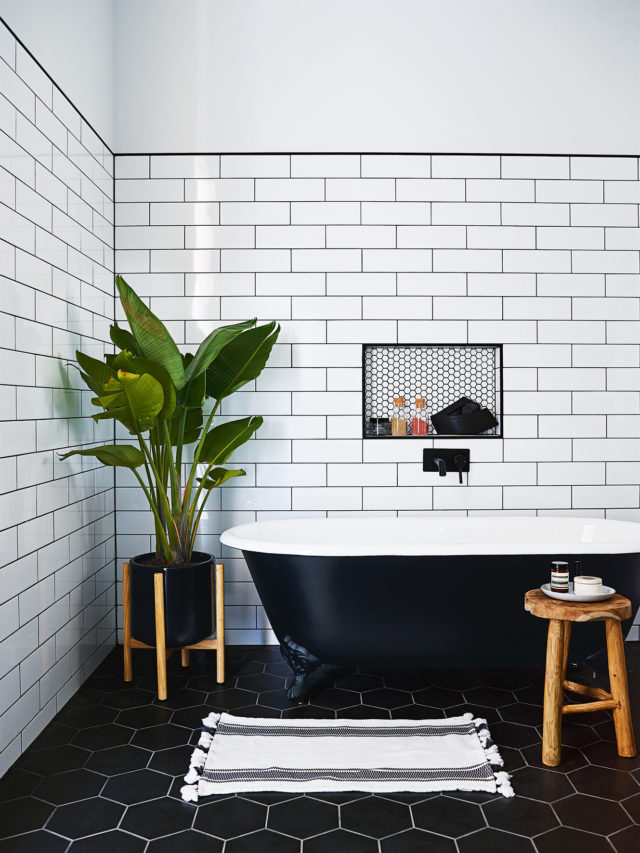
From a purely aesthetic perspective, pairing the traditional clawfoot with the sleeker, modern black and white palette in the bathroom there really helped make it the standout of the room, adding depth and personality to the simple colour scheme.
For me, I don’t need a bathtub in the master ensuite, personally not being a bath fan myself. I like to put the tub in the guest bathroom which can sometimes be bigger and often is the ‘kids’ bathroom.
Either way, to sell a house, I think it is important to include one, but what style do you choose and how much is price a factor?
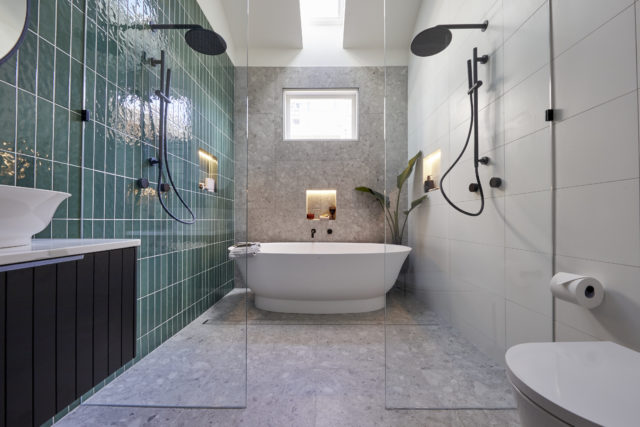
If we’re looking through history, in the 1910s, the clawfoot bath was the norm. A holdover from the Victorian era, these heavy, cast iron baths were found in homes big and small. Some were painted in beautiful patterns but often just left white with ornate feet. Porcelain clawfoot tubs were made but by the 1920s, we started to see more inbuilt baths start to pop up. More boxy, built into corners of rooms and with soft curves around the edges.
By the time the 1930s rolled around, the bath was no longer freestanding, alcove baths were all the rage and were not only built into the wall but often adorned with an archway around the tub. The 40s and 50s ditched the architectural elements such as the arches but kept true to the alcove and inbuilt tub, still in the matching colour sets with the sink and toilet.

Where does this leave our contestants? There were plenty of organic, pebble-shaped baths, smooth, round composite options, maybe even some made of stone. But I would have loved to see a clawfoot in the mix. Even a freestanding bath with a lip at the floor would be a stunning statement.
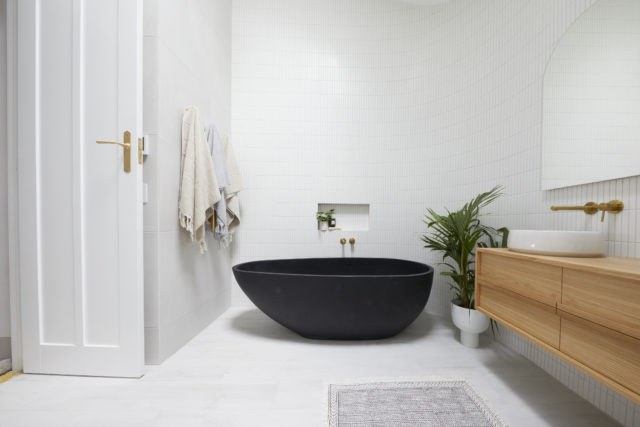
For those who chose a more modern route, there are some amazing coloured concrete baths popping up on the market that are a nod back to that wild matching pastel suite. A streamlined freestanding would be a great way to interpret the period brief to modern day.
Hayden and Sara copped a lot of flack for their OTT choice on their series but to be fair, these are sold as multimillion dollar properties, so in the grand scheme of things, an $8,000 tub isn’t too much of a stretch.
There’s plenty of options out there, and the way I look at it, if the bath is taking up a lot of real estate in the bathroom, let’s make it something special to talk about.
For more on Jono | Follow him on Instagram
